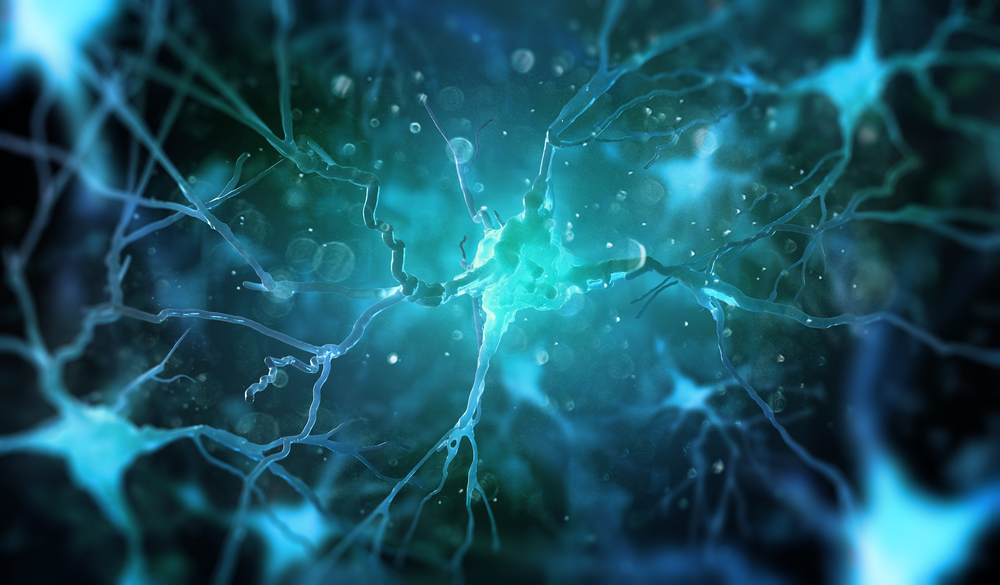Cellular ‘Cleaning System’ a Possible Therapeutic Target for Fragile X, Mouse Study Finds

Autophagy, a natural process that acts as a “cleaning system” for cells, plays an important role in regulating the activity of brain cells and cognitive deficits associated with fragile X syndrome, a mouse study shows.
These findings expand knowledge on the underlying mechanisms behind this rare genetic disease, and suggest that the components of the autophagy pathway may be attractive targets to alleviate symptoms of the disease in humans.
The study, “Activation of autophagy rescues synaptic and cognitive deficits in fragile X mice,” was published in the journal PNAS.
Fragile X syndrome is caused by a mutation in the Fmr1 gene, which provides instructions for the production of the FMRP protein.
FMRP is critical for the regulation of trafficking, localization, and translation (when genetic information gives rise to proteins) of a vast number of messenger RNA molecules involved in the development of brain cells. As a result, dysfunction of this protein leads to a complex and debilitating neurological profile, which includes impaired cognition and social interactions, delayed speech, attention deficits, seizures, sleep disorders, gross motor delays, and autistic behaviors.
Researchers at Albert Einstein College of Medicine in New York found that mice lacking the Fmr1 gene had reduced flux of the autophagy pathway in cells from the hippocampus — the main region of the brain inked to cognitive processes.
Autophagy is an important process by which cells degrade or recycle components that are damaged or no longer needed. Cells use autophagy as a “cleaning system” to get rid of toxic materials, such as proteins damaged by disease and microbes.
Materials to be destroyed are delivered by vesicles to cell compartments called lysosomes, where degradation takes place. But when autophagy is dysregulated and turns overactive, it can severely damage cells, even causing them to die — including motor neurons or nerve cells.
These finding suggest that one of the major natural mechanisms that cells have to destroy and recycle proteins and cellular components is impaired in these particular neurons.
Further experiments revealed that the autophagic process was being inhibited by increased activity of the mTORC1 signaling pathway — a complex that links with several proteins and regulates different cellular processes.
The team then used a safe virus-based strategy to genetically prevent mTORC1 activity in the hypothalamus of fragile X syndrome mice. With this approach, researchers could effectively restore the autophagy process in these brain cells.
Enhanced autophagy was found to have an important impact on brain cells. It supported their normal development by reducing the branched appearance commonly observed in the absence of the Fmr1 gene, and improved the capacity of nerve cells to communicate among themselves (synapses).
To further assess the potential clinical impact of this treatment strategy, the team challenged fragile X mice with a novel object recognition task.
While non-treated mice did not show any preference toward exploring new objects, treated animals (with enhanced autophagy in hippocampal cells) spent more time exploring these new objects over known objects.
This suggests that autophagy-targeted treatment could restore visual memory and improve cognition in fragile X mice.
“Although there are undoubtedly numerous other proteins that are dysregulated due to reduced autophagy,” these findings provide a “potential mechanism by which down-regulated autophagy” contributes to impaired hippocampal neuron activity and, by inference, cognition in fragile X syndrome, the researchers said.
They believe that autophagy may represent a novel therapeutic target for “amelioration of the symptoms associated with fragile X,” not only by restoring the activity of hippocampal neurons but also of cells in diverse brain regions.






